Capcom is well known for its huge success in its game franchises from Street Fighter to Resident Evil to Devil May Cry. The titles above have had so much success that they’ve gotten complete HD remakes, and even though they’re merely relics from my childhood, these are still very popular gaming franchises to this day. However one title stands overlooked: the action-packed, samurai vs demons, hack-n-slash Onimusha series. I long for the day an Onimusha game releases once more–rising from the ashes and unleashing a torrent of Genma into the world once again.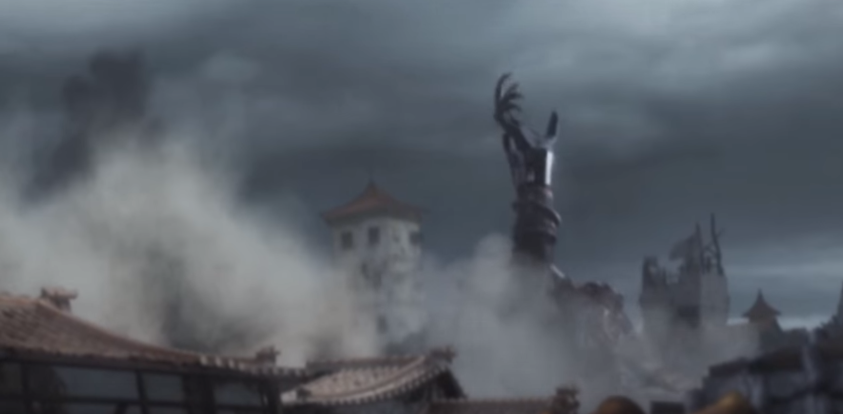
The Story
As a child, one of the most memorable games I’ve ever played on the PS2 was Onimusha: Dawn of Dreams. To get the gist of the story, this game takes place in a fantasized feudal Japan 15 years after the death of the warlord Oda Nobunaga. His successor; Hideyoshi Toyotomi is the new ruler of Japan and unites with the Genma, a powerful race of monstrosities, to unite Japan under his own terms. His plan is to spread the seeds of demonic, insectoid-looking Genma trees and infect all of Japan’s people, bend their will, and create a huge Genma army under his command. In a dying infected world, a hero emerges and that is Soki, our main character. Known as as the Black Oni, he ravages the lands of Genma and creates a huge disturbance in the evil lord’s plans. This attracts the attention of many powerful warriors, bad and good. From here, the plot goes in a few different directions once you come in contact with your companions.
Characters, Soundtrack, & Voice Acting
The characters in this game are very well developed, and each have their own unique traits. The way they interact creates a perfect balance of great cinematography and gameplay. Also, the soundtrack and art design really is something to remember. The voice acting is well done in both English and Japanese, In fact, I usually prefer Japanese voice and English subs, but this game is an exception. However, the English dubs don’t match the lip animations and this leaves you with a bit of a classic Kung Fu movie style lip sync atrocity.
This game has a total of 5 playable characters: Soki, Jubei, Tenkai, Roberto, and Ohatsu. Each of these characters is a playable partner with different weapons, that you can bring into combat and puzzle instances with you, and you can switch back and forth between the two at any time during the action. You’ll control your partner with a series of commands on the dpad, with the choice to make them wait and guard, follow, follow and attack, or a special activity different for each partner.
The Layout
Other than combat, there are interesting platform puzzles you have to switch between the characters to solve. Restrictions apply to camera angles; while mostly free, the camera angle is locked at certain times where you won’t be able to adjust the axis of the camera. However, most successful games like Resident Evil and Devil May Cry have also started out with camera restricted gameplay, so I can’t knock em! If you’re familiar with these games, you’ll be right at home with Onimusha‘s semi locked camera puzzle instances with your CPU controlled partner.
Just like the typewriter of Resident Evil 4, the only way to save is through an enchanted mirror and these mirrors can sometimes be placed in a very unreliable spot. If you die at a boss, you’ll likely be starting a few rooms back from where you saved. There are certain instances during the beginning of the game where you’ll be wondering, “Damn, how do I get there?” Sorry folks, but you won’t be able to access that area until you get the character that can. Each character has their own ways of getting into places in an instance; for example, only Jubei can tiptoe the unstable planks to another area or crawl through a small opening. Only Ohatsu can grapple gun across a certain part of the area.
The entire map setup adds a nice puzzling platformish type of gameplay with the ability to switch between companions in real time. There is also a sense of extended endgame replay value to further explore various areas and find treasures, weapons, and other special collectibles that will make your character grow in effectiveness. For example, there are two sets of items that can be discovered and once all four are equipped, they will grant you unlimited MP or OP. MP is used for magical attacks and OP is used for a sort of transformation; Soki has an Oni form reminiscent of Dante’s Devil Trigger, and Jubei slows down time.
Combat
The combat is where this game shines. It is a mix of fast-paced style hack-n-slash, tactical floor positioning, dodging, and an epic “issen” counterattack mechanic that lets you slice through enemies samurai style with the push of a button. You can issen by pressing square after stunning an opponent with a magic attack or a deflect, and for the hardcore gamers, you can “true issen” by pressing the attack button right before an enemy attack lands on you. I am amazed at this game’s combat because a lot of these mechanics are still around in some of my favorite games of today. Onimusha‘s timeless combat mechanics are comparable to Dragon’s Dogma, Ninja Gaiden, Devil May Cry, and even a hack-n-slash MMO I used to play, Vindictus. There’s also a multiplayer pvp mode, and a 100 floor survival mode similar to that of Devil May Cry‘s bloody palace where you can take your beefed up characters and use your new found powers to slice and cartwheel away to your hearts content.
Despite the combat being absolutely superb, the boss battles are a bit repetitive and draggy. There are many stationary bosses like most older games have depicted them. Other than that, the boss fights usually consist of phases where the boss is invulnerable, either jumping to another area, burrowing underneath you, or flying to a spot where you can’t reach him. All the while, you get stuff thrown at you with no choice but to run circles around your target before you can attack again.
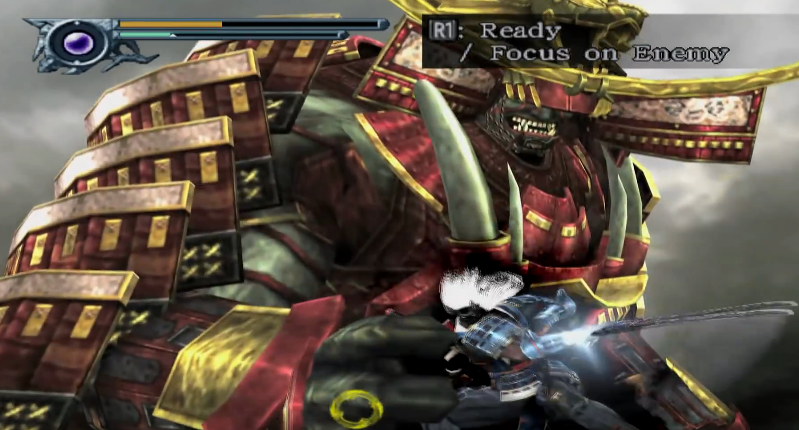
All that being said, despite some fixed camera views, blocked out areas, an iffy save system, bad lip syncing for English dubs, and long repetitive super scripted boss fights, Onimusha Dawn of Dreams is a timeless masterpiece with its combat system and its lovable characters. If you’re a fan of the action paced hack-n-slash genre, you’ll enjoy slicing up some ruthless bug infested Genma as a legendary Oni Warrior.

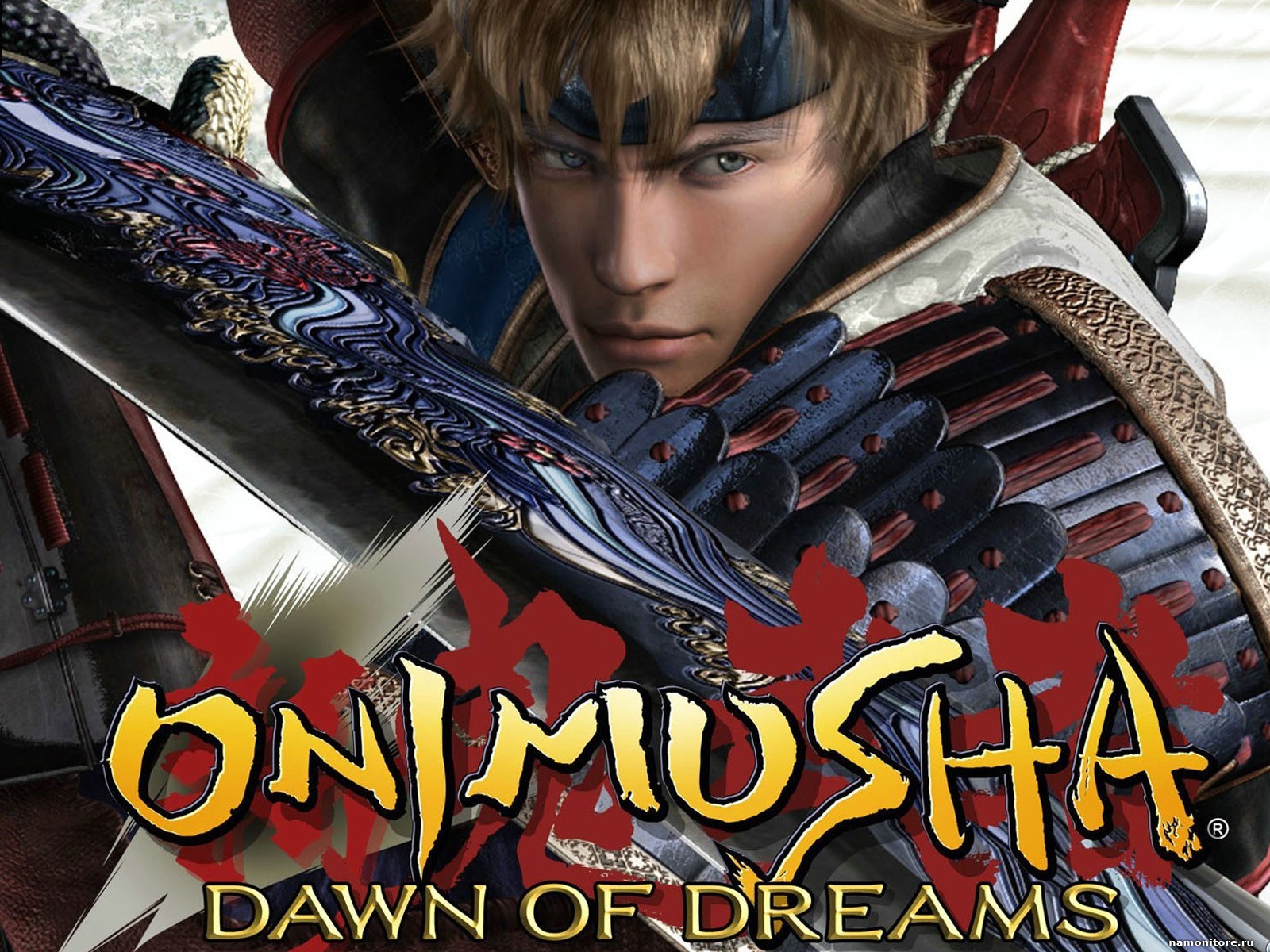
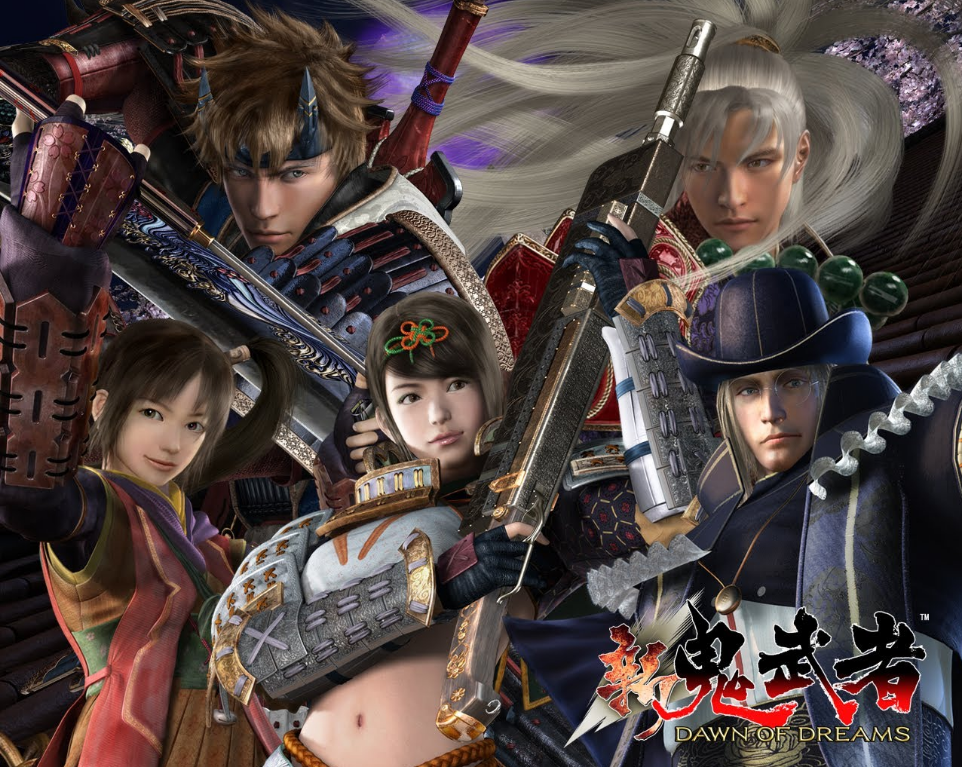
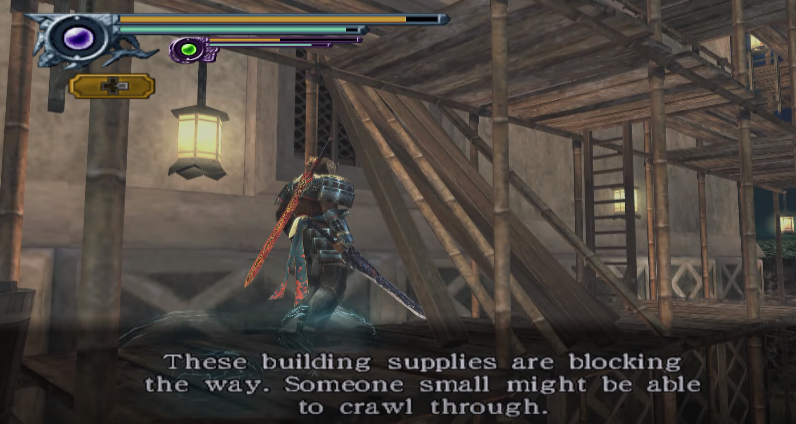
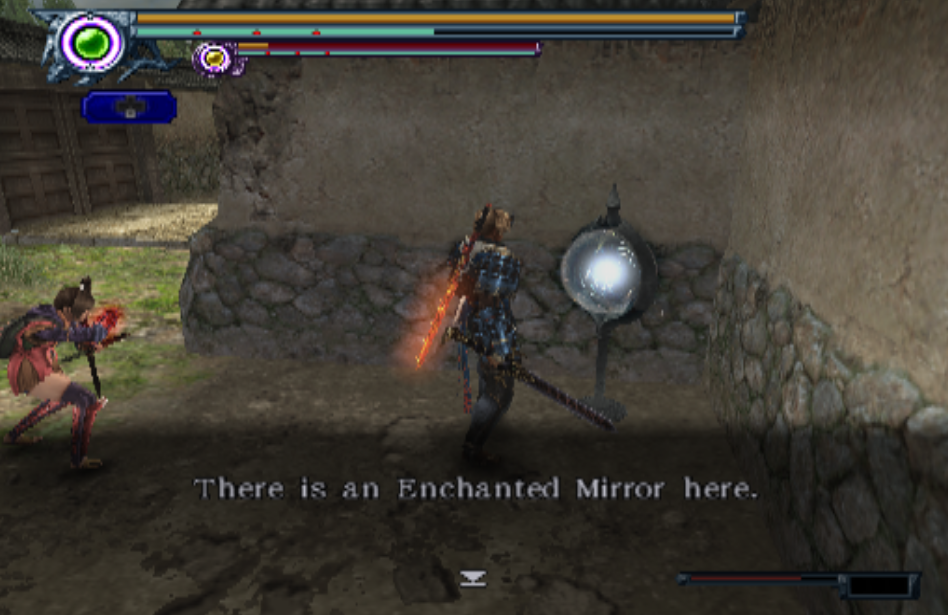






Published: May 4, 2016 05:56 pm